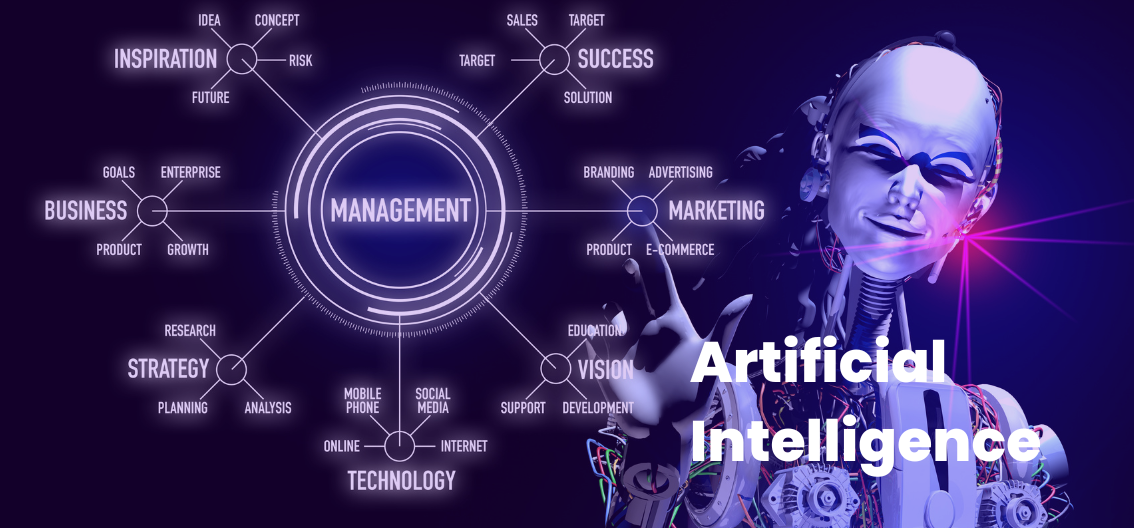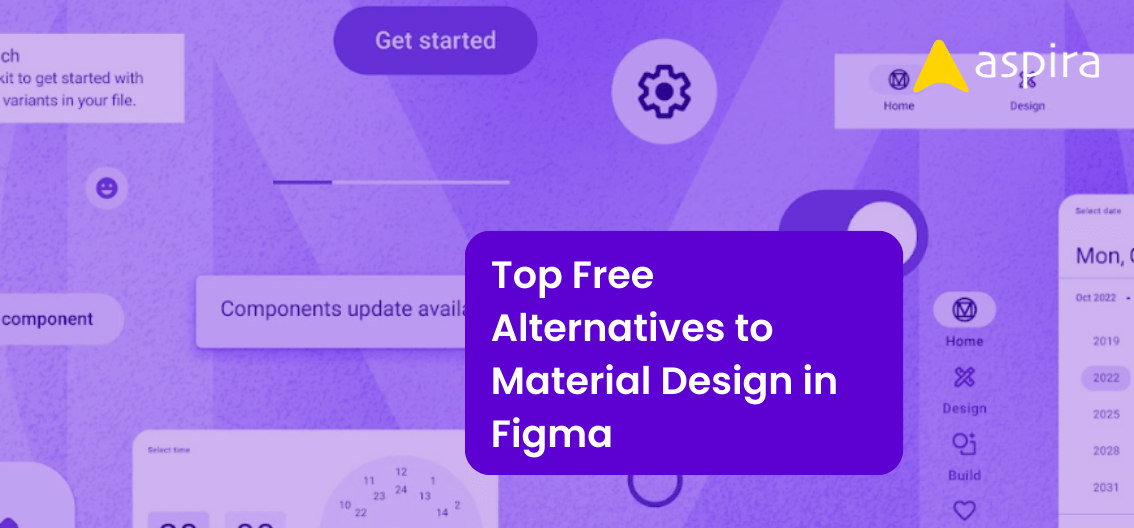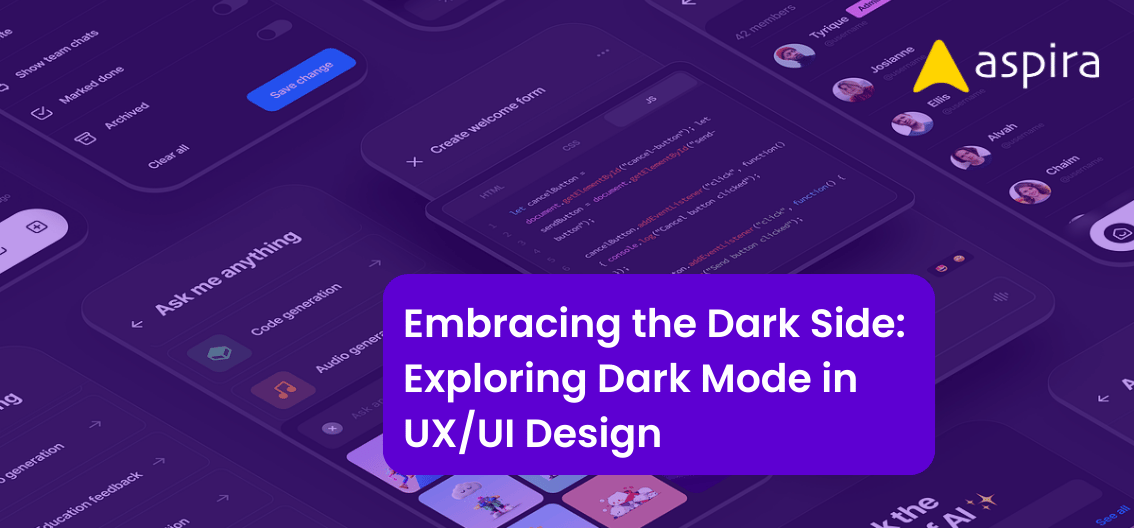UX Design - Mentor & Author.
12 Nov, 2022

In this post, let’s look at what artificial intelligence (AI) is, its history and areas in which it is being used successfully.
History of Artificial Intelligence
AI is the terminology and technology that we use today. Earlier, about a hundred years ago, the concept had a different name: – Automation.
What was use case of automation? In factories, lot of issues arose during the industrial revolution. It was right after the first world war. Factories used a lot of manpower. The problem with this was that people were not very accurate and there were a lot of errors. So the industry was looking for ways to automate the process and make it more accurate.
Let’s take an example of a factory that made potato chips. To process a ton of potato and make it into chips, the factory would need four to five thousand workers.
The potato would undergo a long process: washing, peeling, slicing, frying and packaging. All these processes were manual.
To reduce the manpower, factories introduced automation. A slicing machine could do the job of a thousand workers. This helped in reducing workers in the factory.
Nowadays, to process one ton of potato, factories need fifty people only. In other words, machines handle about 80-90% of the processes.
So, after the industrial revolution, automation was the center of factory design. This helped them reduce their workforce and increase their production.
So far, we’ve discussed the scenario in the industrial era, around a hundred years ago.
We’re in the technology era. Currently, call centers use a lot of people. Here, using AI technology, we’re able to reduce the human resources.
Artificial Intelligence in Customer Support

Let’s explore this through the example of Swiggy.
Around four years ago, if you had a query or feedback related to your order, you would contact their help desk. The call would be taken by a human.
Nowadays, you’d interact with a chatbot, which is a software application that can understand human language. The help desk is now automated and the human doesn’t need to be involved.
In essence, they have fed into a machine learning algorithm all the common queries and feedback that they used to get since the beginning. This algorithm would analyse the query and give an appropriate response.
Let’s say you have a query about an order that is still not delivered. The machine learning algorithm would analyse this and give you an appropriate response.
Therefore, in my estimate, earlier the Swiggy call center would have used to have about two to three hundred people taking calls. With this technology, they would have been able to reduce it to about one tenth people.
They have achieved this with the AI powered chatbots.
Artificial Intelligence in Facebook

Facebook used to have about 2,500 members in their content moderation teams. This team would reviewed all the content posted on Facebook by hand. Every day, users post over 300 million photos on Facebook. This was an enormous task.
To automate this process, they analyzed and classified all the past content. They trained the machine learning algorithm. The algorithm analyzes all the uploaded content and classifies them. It checks whether the content is offensive, risky, abusive, or okay. As a result,the algorithm would either approve or reject the content.
Artificial Intelligence in E-commerce

Another fine example is the website Remove.bg. This website removes the background in the given image. Removing the backgrounds in images was an essential skill that Photoshop artists had to learn. These artists had to process about 100 images a day. Imagine how much you can save with services like Remove.bg, which would instantly remove the backgrounds.
Websites like Amazon and Flipkart, which have to process hundreds and thousands of product images, would definitely use something like this.
The natural question you might be asking is: What would happen to UX / UI designers if the design can be done by artificial intelligence? We’ll explore this question in the next article.
Watch the video on YouTube


